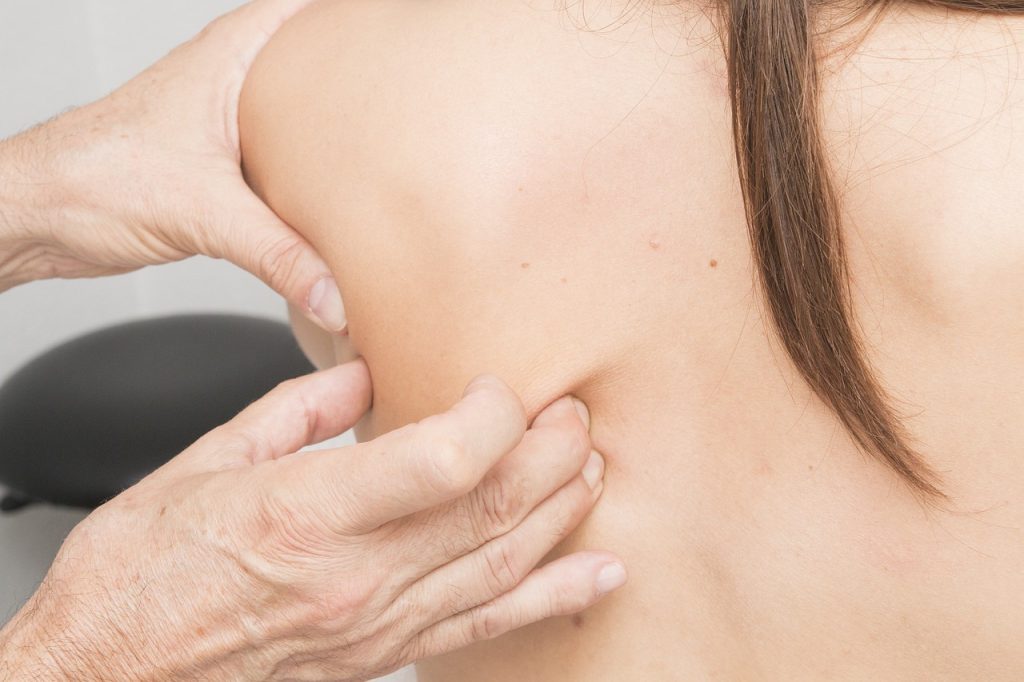In recent years, cupping therapy has gained significant attention for its holistic approach to healing and wellness. Originating from traditional Chinese medicine, this ancient practice involves placing cups on the skin to create suction. While it might seem like a contemporary trend, cupping has been used for centuries to alleviate various ailments and promote overall well-being.
One of the distinctive features of cupping therapy is its versatility. Practitioners use different techniques, including dry cupping, wet cupping, and fire cupping, each with its unique benefits. Dry cupping involves creating suction using rubber or silicone cups, while wet cupping involves making small incisions on the skin to draw out blood. Fire cupping, on the other hand, utilizes heat to create suction by briefly heating the air inside the cup before placing it on the skin.
So, what exactly can cupping therapy address? Its proponents claim that it can help alleviate pain, reduce inflammation, improve blood flow, and promote relaxation. Many individuals seek cupping therapy to relieve muscle tension, back pain, migraines, and even respiratory issues like asthma and bronchitis. Additionally, some people turn to cupping to enhance skin health and promote detoxification.

But how does cupping work? The suction created by the cups draws blood to the surface of the skin, which is believed to stimulate circulation and promote the flow of vital energy, or qi, throughout the body. This increased blood flow can help release tension in the muscles and tissues, leading to pain relief and improved mobility. Furthermore, cupping is thought to trigger the body’s natural healing response, encouraging the release of toxins and promoting overall detoxification.
Despite its long history and widespread use, cupping therapy is not without controversy. Skeptics argue that its effectiveness is primarily due to a placebo effect, while others raise concerns about the potential for bruising, burns, or infection if not performed correctly. As with any alternative therapy, it’s essential to consult a qualified practitioner and discuss any underlying health conditions before trying cupping.
In conclusion, cupping therapy offers a fascinating glimpse into the world of holistic healing. Whether you’re seeking relief from chronic pain, stress, or simply looking to enhance your well-being, cupping presents a unique approach worth exploring. While more research is needed to fully understand its mechanisms and benefits, many individuals swear by its ability to promote relaxation, alleviate discomfort, and restore balance to the body and mind. So why not give cupping a try and experience its ancient healing power for yourself?
